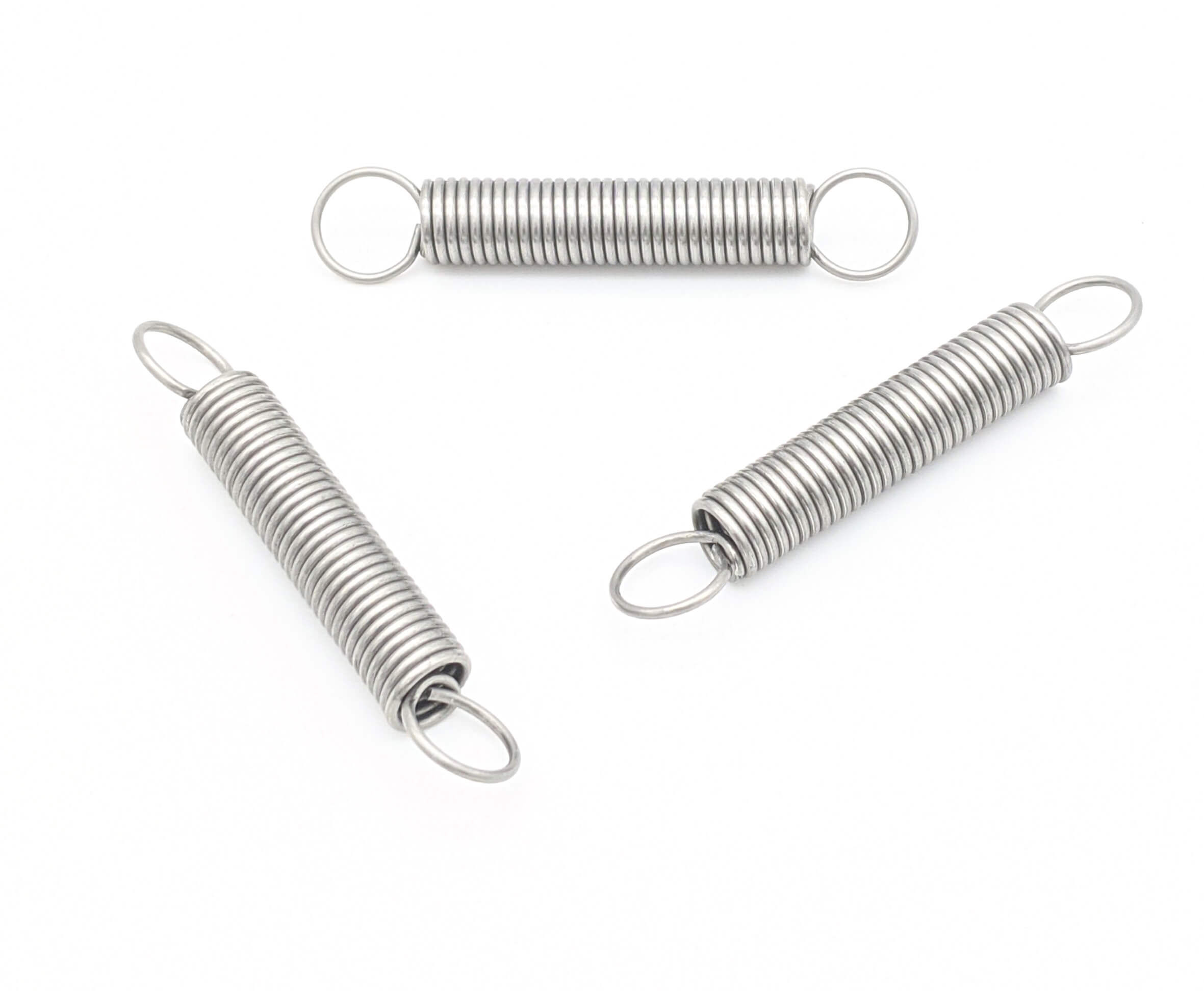Get unique, complex parts easily. No matter your requirements, Chaoyi Spring creates hard-to-produce coil springs and wire forms.
Let us help you create the custom wire form you need, from S-hooks and J-hooks to utility hooks and more.
We work closely with customers across a wide range of industries, helping them design and manufacture made-to-order parts.
Why choose Chaoyi Spring? We prioritize customer-focused collaboration, modern equipment and the latest technology to make your parts per print.
Find the information and guidance you need, from measuring a spring to learning about materials, placing an order and much more.
When it comes to springs, there's a world of variations, each meticulously designed for a specific purpose. Two common types, torsion and tension springs, are often mistaken for one another


When it comes to springs, there's a world of variations, each meticulously designed for a specific purpose. Two common types, torsion and tension springs, are often mistaken for one another due to their similar appearance. However, understanding their distinct functionalities and applications is crucial for selecting the right spring for any project. This article will delve into the fascinating differences between these two spring types, exploring their unique characteristics, applications, and advantages.

Torsion springs, often resembling a tightly coiled wire, are engineered to store and release energy through twisting motion. Imagine a classic wind-up toy or a car's suspension system - these mechanisms rely on the twisting power of torsion springs. Their unique design allows them to generate torque when twisted, making them ideal for applications requiring rotational force or controlled movement.
The principle behind torsion springs is simple yet effective. When you apply a twisting force to one end of the spring, it stores energy by winding the wire tighter. This stored energy is released as rotational force when the spring is allowed to unwind. The amount of torque generated by the spring is directly proportional to the angle of twist, meaning a greater twist results in a stronger rotational force.
Torsion springs boast several key features that make them suitable for specific applications:
Torsion springs are incredibly versatile and find applications in a wide range of industries and products, including:
Tension springs, in contrast to torsion springs, are designed to store and release energy through stretching or pulling motion. Picture a rubber band or a spring-loaded gate latch - these mechanisms utilize the pulling power of tension springs. They are often referred to as extension springs because they extend in length when a force is applied, storing energy in the process.
Tension springs work by resisting an applied force that attempts to stretch them. The spring material, typically made of high-tensile steel, resists the force, storing energy in the process. When the force is released, the spring contracts back to its original length, releasing the stored energy. The amount of force exerted by a tension spring is directly proportional to its extension, meaning the more you stretch it, the stronger the pulling force it will exert.
Tension springs possess distinct features that make them ideal for specific applications:
Tension springs find diverse applications in various industries, including:
Both torsion and tension springs play crucial roles in various applications, but understanding their fundamental differences is vital for choosing the right spring. Here's a comparison table highlighting their key distinctions:
| Feature | Torsion Spring | Tension Spring |
|---|---|---|
| Load Type | Twisting Force (Torque) | Pulling Force (Tension) |
| Motion Type | Rotational Movement | Stretching or Extension |
| Energy Storage | Stored through twisting | Stored through stretching |
| Application | Rotary mechanisms, suspension systems, and actuators | Pulling mechanisms, door latches, and retractable systems |
Whether you're designing a mechanical device, a consumer product, or anything in between, understanding the differences between torsion and tension springs is crucial. If your application requires a twisting motion to generate torque, a torsion spring is the ideal choice. If you need a pulling force to stretch or extend a mechanism, a tension spring is the way to go. By carefully considering the specific requirements of your project, you can select the right spring type to ensure optimal performance and functionality.
As you delve deeper into the world of springs, remember that the key to success lies in understanding their unique characteristics and choosing the right spring for the job. By selecting the appropriate spring type and carefully considering its design parameters, you can create solutions that are both efficient and reliable.
In conclusion, understanding the differences between torsion and tension springs is essential for selecting the optimal spring for any application. Torsion springs excel in generating rotational force, while tension springs deliver pulling power. Choosing the right spring type ensures efficient and reliable performance in your mechanical devices, consumer products, and other innovative designs.
Browse some of the custom wire forms and springs that we manufacture. Don’t see what you need? We specialize in made-to-order products that meet your application requirements.
Visit Our GalleryNeed a custom wire form or coil spring? We make it work. Fill out the contact form and a representative will respond within 1 business day. If you have a PDF or CAD file, you can submit to request a quote.